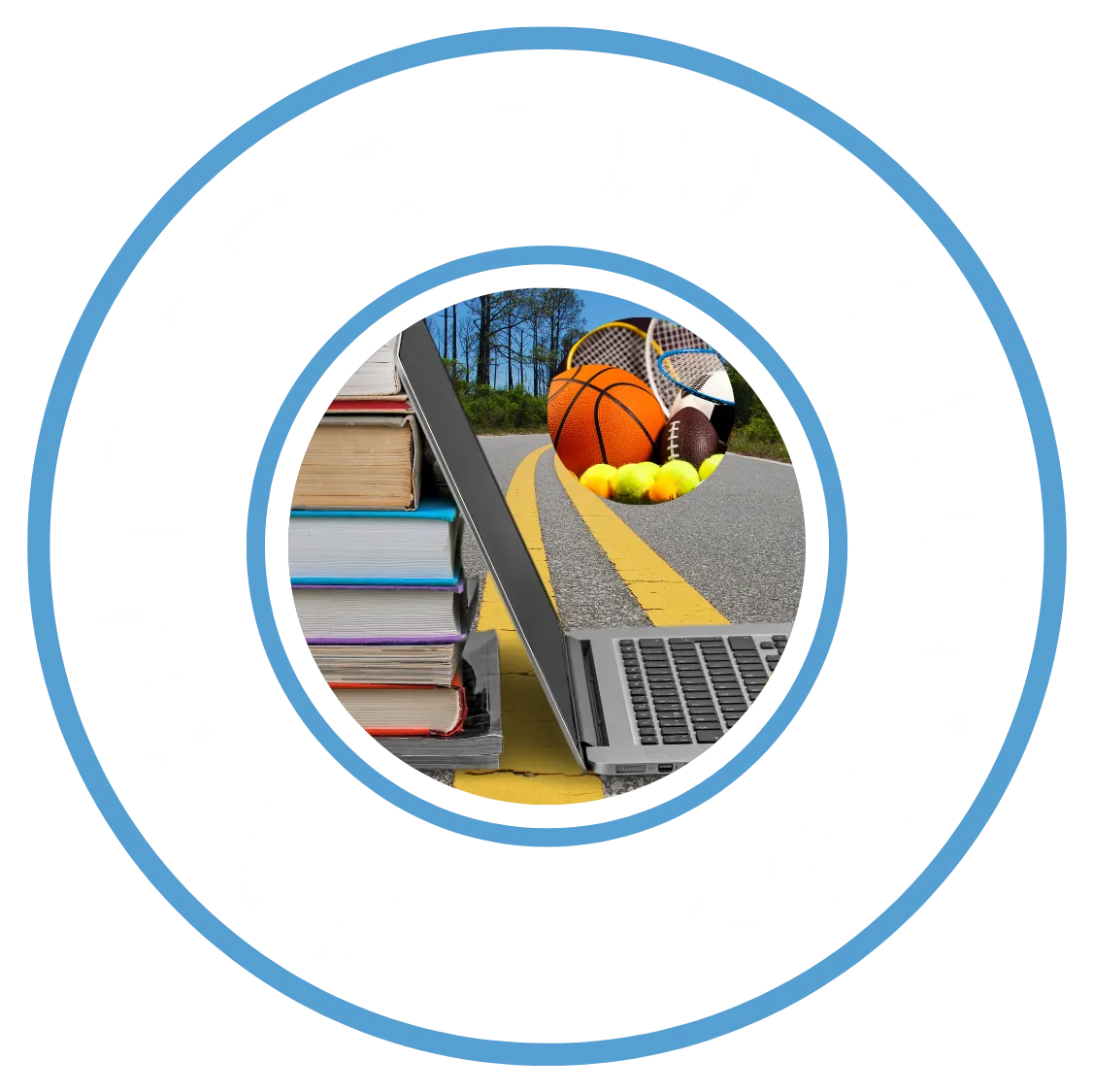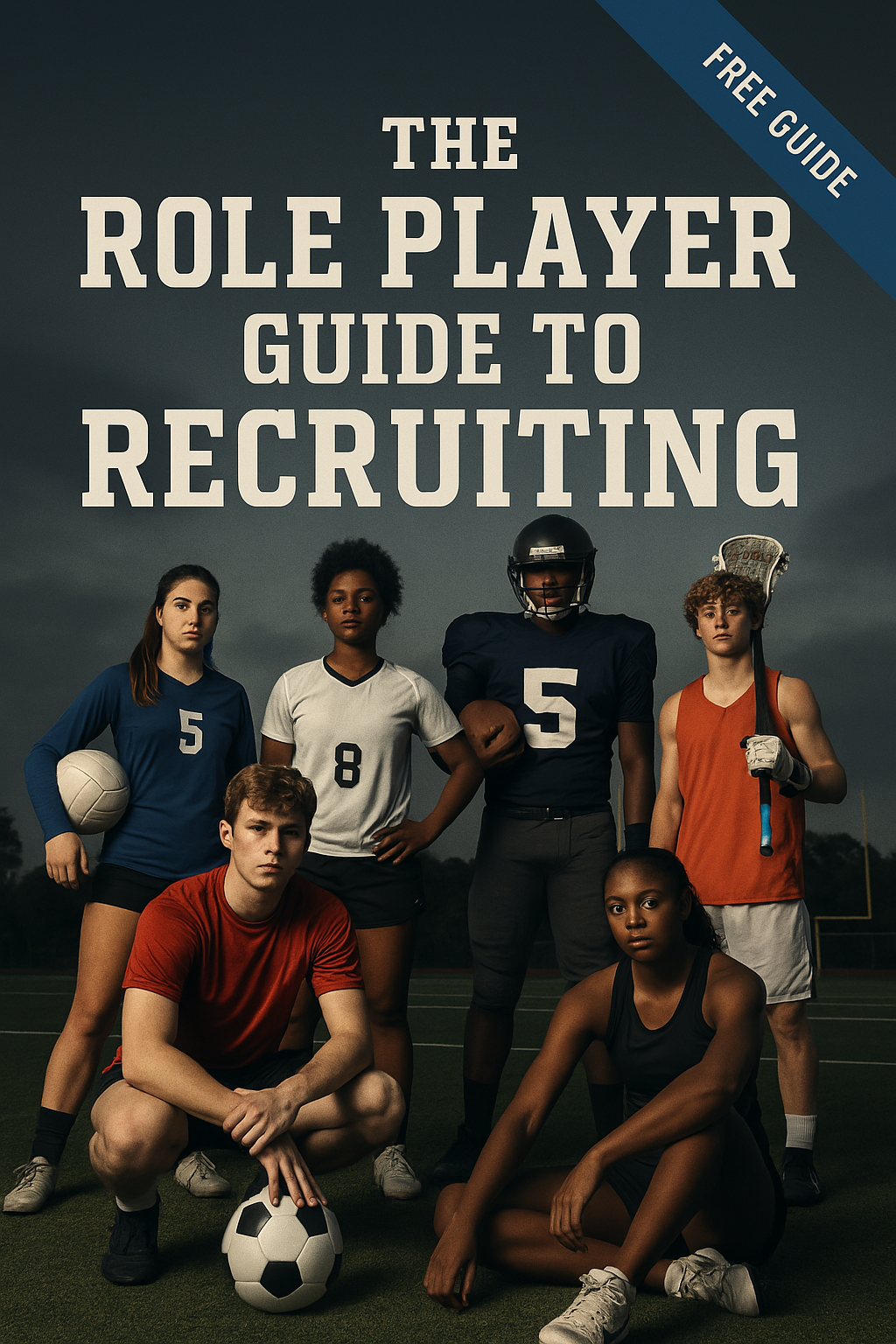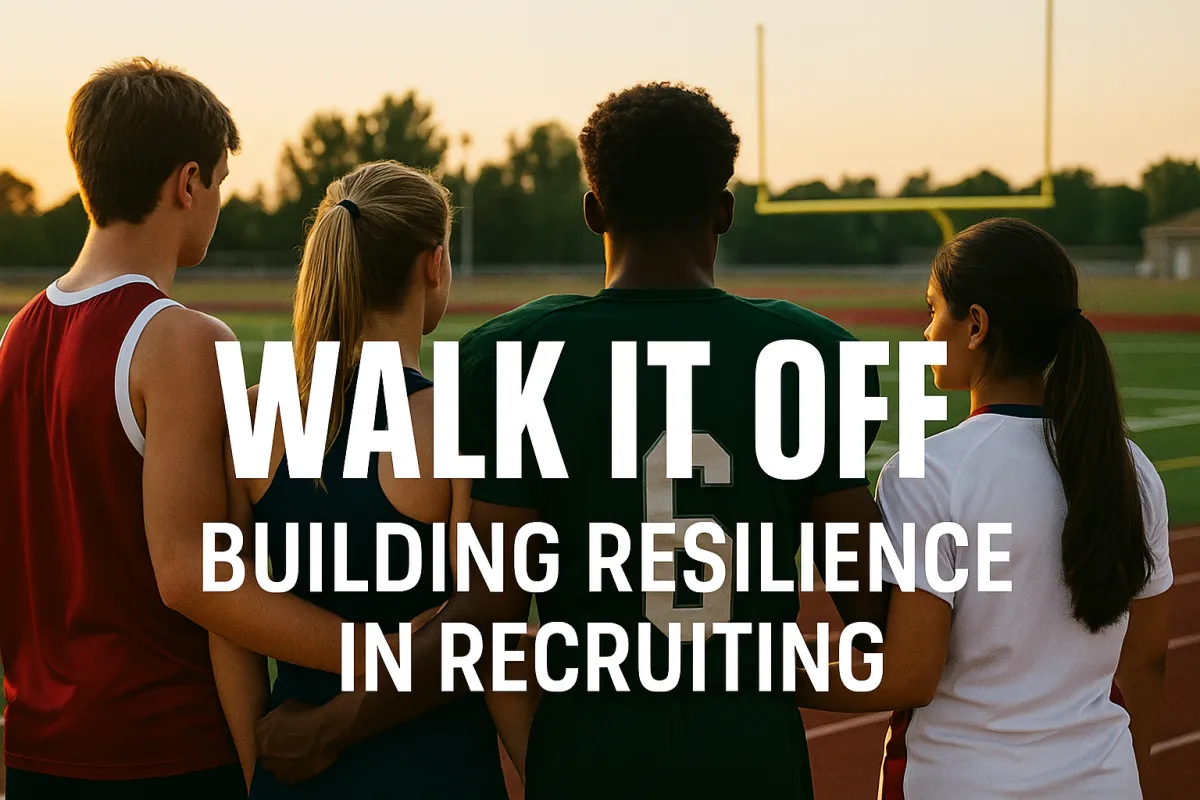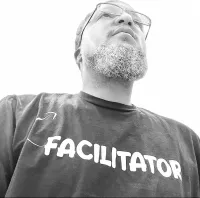

Your Success, Our Priority
Browse our articles below
Make sure to request our FREE Role Player Guide to Recruiting
WHILE SUPPLIES Last!!!
🏀⚽🏐🏈⚾🎾🏒🏊♂️🥍🎽 Free Download: The Role Player Guide to Recruiting
Not a star? Not a problem.
Whether you’re passing, blocking, digging, assisting, or just bringing relentless energy from the sidelines, this guide was created for athletes like you.
The recruiting world often highlights the MVPs and stat-sheet stuffers. Colleges also recruit role players, those who lead quietly, contribute consistently, and do what their team needs most.
This free guide gives you the tools to stand out and get recruited process started, no matter what sport you play.
🙌 This Guide Is Built For:
Athletes in basketball, soccer, volleyball, football, baseball, softball, lacrosse, track & field, cross country, tennis, hockey, wrestling, cheer, swimming, field hockey, and more. Defenders, passers, relays, utility players, blockers, reserves, bench leaders. Student-athletes who want to lead, even without the spotlight. Parents and coaches who want to support without burnout
💥 Why It Works:
Because colleges do not build teams with just stars, they build them with
contributors.
And many of the most successful college athletes were once role players who outworked the hype.

Here's what you get:

✅ How to stand out as a role player in any sport
✅ Tips for gaining exposure—even if you’re not the starter
✅ Scripts & strategies to communicate with college coaches
✅ Sport-adaptable advice and mental performance boosters
✅ A full action plan to move your recruiting process forward
By checking this box, I consent to receive both transactional and marketing communications from this organization. This includes messages related to my account, orders, appointment reminders, special offers, promotions, and other relevant updates. Message frequency may vary. Message and data rates may apply. Reply HELP for help or DELETE to opt out at any time.
Click the more stories button for additional articles

Walk It Off: Building Resilience in Recruiting
Walk It Off: Building Resilience in Recruiting
Recruiting tests resolve. Pain marks the path. Steve Rogers, a symbol of resilience, once said, “You get hurt, hurt 'em back. You get killed... walk it off.” This mindset is not reserved for superheroes. Every athlete and recruiter faces setbacks, frustration, and rejection. The recruiting process can hurt. Not physically, but emotionally, mentally, and spiritually. Rejections sting. Silence cuts. Injuries delay. Doubt creeps in. The recruiting world rewards those who push through, bounce back, and walk it off when the process gets personal. Resilience is not only a trait to admire but a skill to train. The following strategies and insights reveal how recruiting pain is part of the journey and how to come back stronger every time.
The Steve Rogers Mindset: Grit in the Face of Adversity
Steve Rogers’ philosophy captures the core of true resilience. Grit means showing up when the outcome is uncertain and the road feels endless. Athletes and recruiters both know this grind. When a coach stops responding or a roster spot disappears, the easy move is to disengage. The resilient candidate keeps going, learning from every bruise.
Resilience does not guarantee instant success. It builds a foundation for long-term achievement. The mental toughness Steve Rogers demonstrates, staying in the fight even when every signal says, “quit”, translates directly to recruiting. This mindset embraces the setbacks, using them as fuel for growth. Quick recovery from disappointment is a competitive advantage in the crowded recruiting landscape. For more on bouncing back after setbacks, check out this guide on overcoming impostor syndrome in sports.
Every rejection, every silence, and every “no” is data. Use it. A resilient athlete or recruiter reviews what went wrong, adjusts the approach, and steps back into the arena. Grit is not just an attitude; it is a habit that shapes every step forward.
Pain Is the Path: Why Discomfort Drives Growth
Comfort never built a top recruit. The pain of hearing “not interested” or missing an opportunity shapes stronger skills and sharper focus. Successful recruiters and athletes treat pain as a signal to adapt. It sharpens instincts, reveals blind spots, and forces honest self-assessment. The discomfort that comes from facing tough feedback, long odds, or a crowded field is where growth lives.
Enduring pain refines both character and strategy. The recruiting journey will deliver rejection and tough conversations. Those moments separate the committed from the casual. Every tough call or setback can push a candidate either to retreat or to adapt and return stronger. The process is not about avoiding pain but about using it as a tool for improvement.
Resilience in Recruiting: The Science Behind the Bounce-Back
Resilience is more than a buzzword. Research on high-performing athletes shows that those who recover quickly from setbacks tend to reach higher levels of achievement. The brain can be trained to handle adversity. Techniques such as visualization, self-reflection, and controlled breathing help regulate emotions and speed up recovery from disappointment.
Recruiters who practice resilience strategies remain focused under pressure and respond constructively to challenges. Building resilience also means developing a strong support network, maintaining healthy routines, and keeping long-term goals in sight. The ability to bounce back is not innate, it is a learned skill, sharpened with every challenge faced. For more on developing confidence under pressure, see this article on champion-level confidence.
Common Recruiting Setbacks and How to Walk Them Off
Every candidate will meet obstacles, but the resilient ones know how to “walk it off” and get back in the game. These are the most frequent setbacks in recruiting:
Unanswered emails or calls
Late-stage rejections
Unexpected coaching changes
Injury or performance dips
Roster spots disappearing
Responding to these setbacks starts with perspective. The process is unpredictable. Maintain consistent effort and keep communication lines open, even when responses lag. Treat every setback as a lesson, not a verdict. Document what happened, adjust the approach, and re-engage with new information in hand. For more actionable strategies, visit the role player guide to recruiting.
Actionable Strategies for Building Resilience in Recruiting
Building resilience takes intention. The following strategies help any athlete, coach, or recruiter increase their bounce-back muscle:
Set clear, flexible goals and revisit them often.
Keep a recruiting journal to track progress and lessons learned.
Practice active recovery: take breaks, but do not quit.
Seek feedback from trusted coaches and mentors.
Develop a daily routine that includes both physical and mental training.
Visualize handling setbacks and coming back stronger.
These habits do not eliminate pain, but they make it productive. Building resilience is a daily discipline, not a one-time fix. For more step-by-step recruiting processes, explore this step-by-step guide.
The Role of Feedback: Turning Criticism Into Progress
Criticism stings, but it is a goldmine for those who want to grow. Every “no” in recruiting carries information. Feedback, both direct and indirect, highlights gaps and points out areas for improvement. The resilient candidate seeks it out, then acts on it.
Receiving feedback well means listening without defensiveness and asking clarifying questions. It also requires the ability to separate constructive input from noise. Not every comment deserves equal weight. Trusted sources, coaches, experienced recruiters, and mentors provide actionable advice. For more on navigating feedback, review how to have the conversation that drives growth.
When to Push Through and When to Reset
Resilience is not just about pushing harder. Sometimes, the smartest move is to reset. Knowing when to pivot comes from honest self-assessment. If the current path leads to a dead end, use the feedback and pain as signals to adjust the approach.
Resetting does not mean quitting. It means shifting tactics while keeping the end goal in sight. The best recruiters and athletes know when to double down and when to take a strategic pause. This flexibility is a hallmark of resilience. For more on adapting when plans change, see this article on shifting plans.
Push through exhaustion when progress is visible. Reset when every signal points to diminishing returns. Both moves require courage. Both are essential to a sustainable recruiting journey.
Building a Resilient Recruiting Community
Resilience grows faster in a community. Connect with others who are walking the same path. Share experiences, ask for advice, and offer support. A resilient recruiting community keeps individuals motivated, holds them accountable, and provides perspective during tough times.
Online forums, team meetings, and peer groups are valuable spaces for building these connections. They help normalize setbacks and create a culture where bouncing back is the standard, not the exception. For ongoing support, visit the FTP information portal and join the conversation.
Walk It Off: The Professional’s Path Forward
Every setback in recruiting is an opportunity to build professional muscle. The ones who “walk it off” do not just survive the process; they thrive in it. Pain is part of the path, but it never defines the destination. Steve Rogers’ resilience is not fantasy. It is a skill set that anyone can build, one step at a time. The next time pain shows up, treat it as a signal: walk it off, recalibrate, and keep moving. Those who master this bounce-back become the ones others look up to, on the court, in the field, and throughout their careers.
Resources & Community
🎯
Follow Facilitate The Process on Facebook
https://www.facebook.com/facilitatetheprocess/
🌐
Join Our Recruiting Community
🔗
Get Started Today

